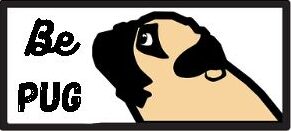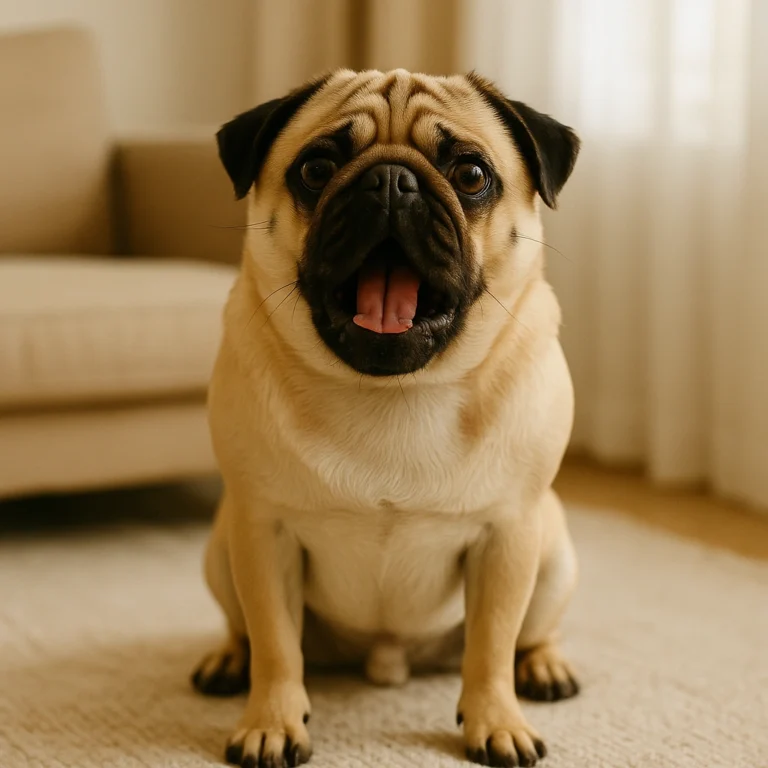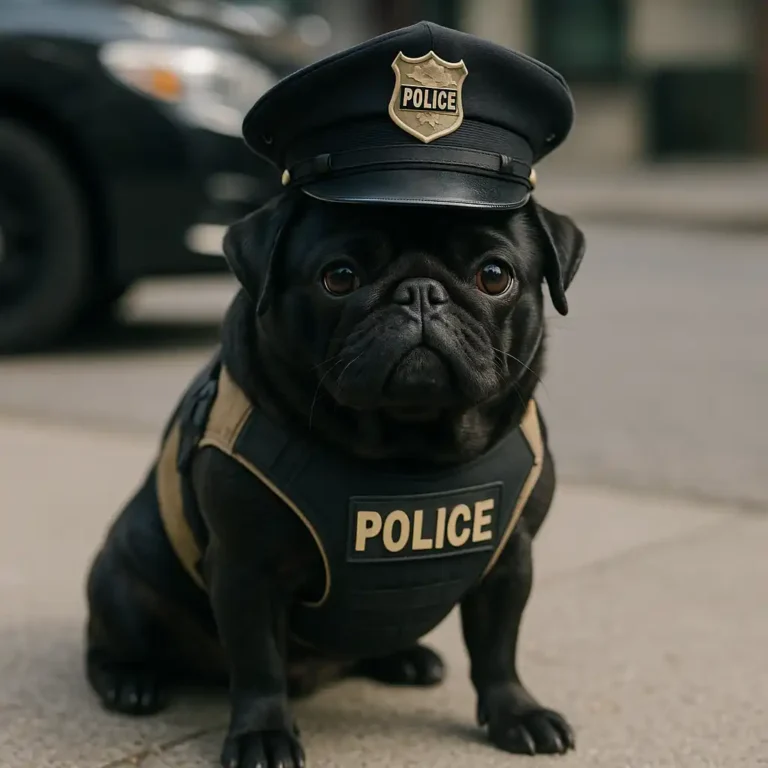Common Pug Behaviors Decoded: From Snorts to Zoomies

Disclosure: This post contains affiliate links. As an Amazon Associate, I earn from qualifying purchases—at no extra cost to you.
Pugs are charming, funny, and full of personality. Their unique behaviors can leave owners amused, puzzled, or even concerned. Understanding these quirks is the first step toward building a stronger bond with your pug and ensuring their well-being. From snorting to head tilting, here are the most common pug behaviors and what they might be trying to tell you.
Snorting and Reverse Sneezing
One of the most iconic pug behaviors is snorting. Because of their short muzzles (brachycephalic skulls), pugs tend to make a variety of nasal sounds. Snorting can happen when they get excited, exercise, or even while eating.
Reverse sneezing is another common occurrence. It may sound alarming, but it’s usually harmless. It happens when the soft palate is irritated, causing a series of rapid inhalations. If it becomes frequent, however, consult your vet.
Licking the Air
Licking the air can seem odd, but it’s often a sign of something going on. Sometimes, pugs do this when they’re anxious, nauseated, or have something stuck in their teeth. Occasionally, it’s a quirky habit linked to excitement or a way to get your attention.
If you notice excessive licking paired with drooling or signs of discomfort, a checkup might be necessary.
Head Tilting
That adorable head tilt is one of the reasons people fall in love with pugs. But why do they do it? Often, it’s a sign they’re trying to understand you better — especially when they hear a new or interesting sound.
This behavior is tied to their desire to interpret your tone, facial expressions, or gestures. As long as it’s not paired with disorientation or imbalance, it’s just a charming communication trait.
Zoomies (Sudden Bursts of Energy)
Pugs might look lazy, but they get the zoomies too! These energetic outbursts usually happen after a bath or during playtime. It’s a normal way for dogs to release built-up energy or express joy.
Give them space to run around safely and enjoy the moment — zoomies are a sign of a happy, healthy pug.
Sleeping in Weird Positions
Pugs are notorious for their odd sleeping positions — on their backs, with legs in the air, or curled like donuts. This isn’t just for laughs; the way your pug sleeps can reveal how relaxed they feels in their environment.
Snoring is also common due to their short noses. It’s usually harmless, but if it becomes loud or erratic, it could be a sign of a breathing issue worth checking.
Following You Everywhere
Affectionately known as “velcro dogs,” pugs love to be close to their humans. If your pug follows you from room to room, it’s a sign of deep attachment. While it’s sweet, it can also hint at separation anxiety if they become distressed when you’re gone.
Help build their independence with short periods of alone time and engaging toys.
Head Pressing or Wall Staring
If your pug frequently presses their head against a wall or stares at it for long periods, this could be a sign of a neurological issue. Unlike the behaviors listed above, this one is serious and should be evaluated by a vet as soon as possible.
Tail Wagging and Position
A pug’s tail is a great mood indicator. A high, tightly curled tail usually means they’re happy and confident. A droopy tail, on the other hand, can indicate stress, fear, or discomfort.
Keep an eye on their tail language to better understand their emotional state.
Conclusion
Pugs are expressive little companions who show how they feel in dozens of quirky ways. From snorting to zoomies, their behavior is a window into their health and emotions. Knowing what these actions mean can help you spot when they’re just being cute — and when something needs a closer look.






